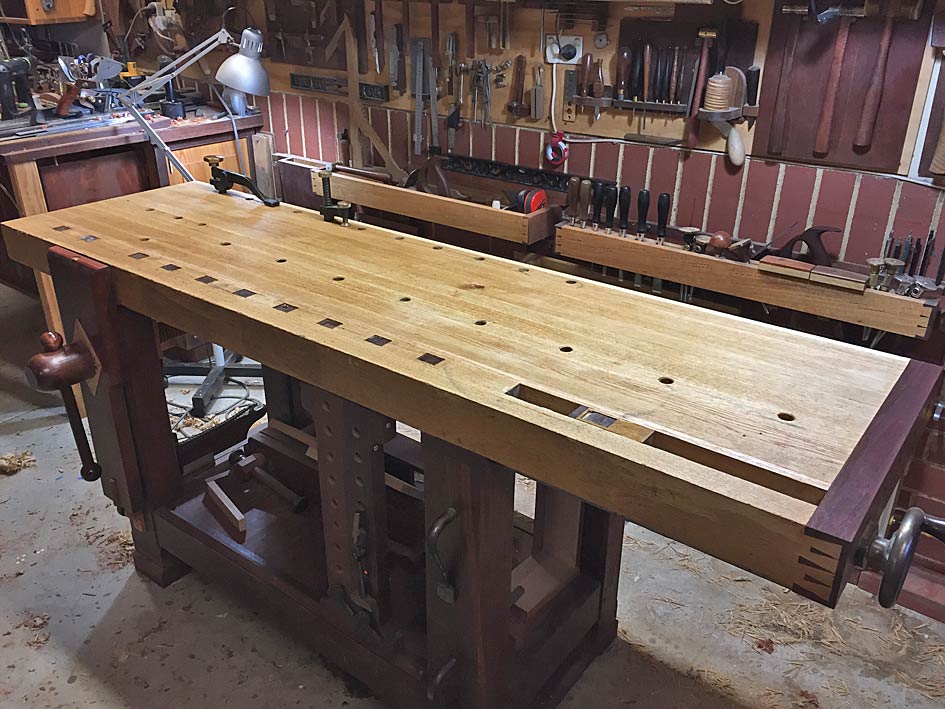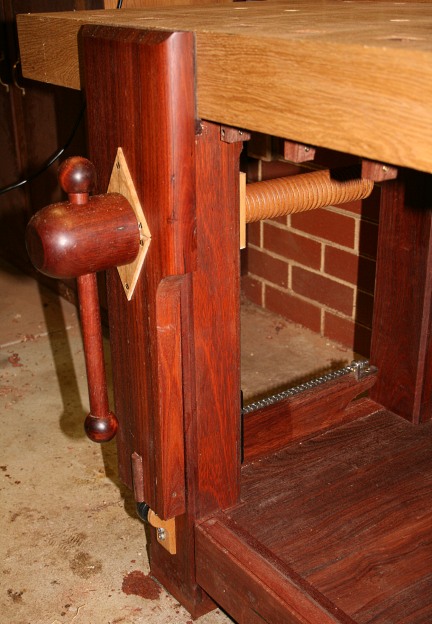Hi folks, so I am finally building a proper bench and looking for some opinions on a few things.
First thing is bench depth, I started out in furniture making but spent most of my years doing cabinetry and Architectural woodwork so I am having a hard time wrapping my head around a 24” bench however I can’t really go over 30” anyways and I am only building furniture now. My current bench is 30” but I cut it down to 24” and i am liking it but hard to tell unless I spend more time, I will be building the bench before I have enough time on it...
I am leaning to 24” simply because 30” ain’t that much bigger and thinking when I do need more than 24” the 30” wouldn’t have been big enough either, am I missing something here?
The other thing, split top - I like the idea of being able to clamp in the middle of the bench, working a drawer box or “L” shaped part by using the gap I also like the 2 separate tops from a build/handling perspective.
I won’t ever want to park tools in the gap stop (am a tool tray hater) or use it as a hook in the other direction, I know I could make a solid removable infill but knowing me I would just leave it out all the time so is having that gap an issue, here is my simpleton example I don’t build chairs but I could see that gap being a pain, like you have it on the bench you are scooting it around and the leg drops in the gap. So other than the chair (if even an issue, well guess not - I don’t build chairs ��) or crap falling into the gap.
Thoughts and experience appreciated, Mark
https://www.instagram.com/kessler_woodworks/?hl=en




 Reply With Quote
Reply With Quote










